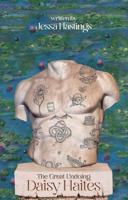Publisher's Synopsis
Excerpt from Thomas Hickey's Narrative of the Last Arctic Expedition of Dr. Kane
Our vessel being snugly harbored, we prepared to battle with an Arctic winter. In the first place, we put all our provisions on Butler Island, a very convenient retreat, about one hundred yards from the brig, and named by Dr. Kane after Butler Place, in Philadelphia. Here also we built a house of canvass for our dogs, which we found afterward to be a waste of labor and materials, for the dogs being determined to share our company upon the brig, compelled us to set apart a portion of the hold for their especial benefit. In deed, we were glad enough to get them underlock and key, for, while upon the island, the improvident brutes broke loose from their house, and destroyed about thirty beautiful hams, which constituted nearly our entire stock of palatable meat. The vessel was very poorly fitted out, there being on hand not a single pound of preserved meat besides what Dr. Kane himself had. Purchased in St. John's, and along the coast of Greenland.
The spot which our noble brig seemed to have chosen for her resting-place was, perhaps, as favorable as any that could have been selected. Indeed Dr. Kane came to this conclusion, after looking about several days for the safest winter quarters. In speaking of it he says: It was secure against the moving ice; lofty headlands walled it in beauti fully to seaward, enclosing an anchorage with a moderate depth of water; yet it was open to the meridian sunlight, and guarded from winds, eddies and drift. The space enclosed was only occupied by a few rocky islets rind our brig. Not a hundred yards north of us was an iceberg. While at the south stretched a mountain ridge.
About the Publisher
Forgotten Books publishes hundreds of thousands of rare and classic books. Find more at www.forgottenbooks.com
This book is a reproduction of an important historical work. Forgotten Books uses state-of-the-art technology to digitally reconstruct the work, preserving the original format whilst repairing imperfections present in the aged copy. In rare cases, an imperfection in the original, such as a blemish or missing page, may be replicated in our edition. We do, however, repair the vast majority of imperfections successfully; any imperfections that remain are intentionally left to preserve the state of such historical works.

